M. Umair Mukati
Light Field Spatial Resolution Enhancement Framework
May 05, 2024



Abstract:Light field (LF) imaging captures both angular and spatial light distributions, enabling advanced photographic techniques. However, micro-lens array (MLA)- based cameras face a spatial-angular resolution tradeoff due to a single shared sensor. We propose a novel light field framework for resolution enhancement, employing a modular approach. The first module generates a high-resolution, all-in-focus image. The second module, a texture transformer network, enhances the resolution of each light field perspective independently using the output of the first module as a reference image. The final module leverages light field regularity to jointly improve resolution across all LF image perspectives. Our approach demonstrates superior performance to existing methods in both qualitative and quantitative evaluations.
Light field super resolution through controlled micro-shifts of light field sensor
Jun 10, 2018

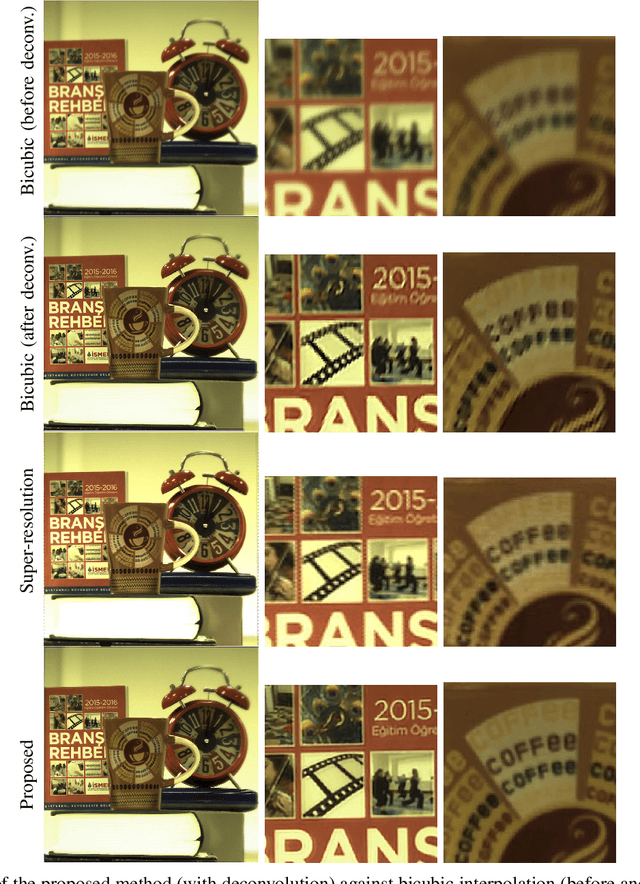
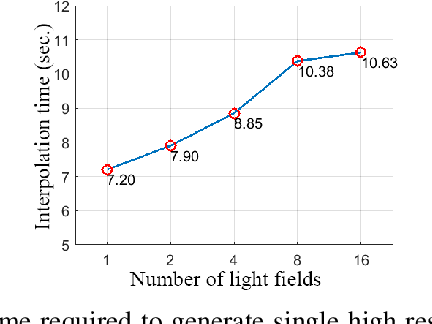
Abstract:Light field cameras enable new capabilities, such as post-capture refocusing and aperture control, through capturing directional and spatial distribution of light rays in space. Micro-lens array based light field camera design is often preferred due to its light transmission efficiency, cost-effectiveness and compactness. One drawback of the micro-lens array based light field cameras is low spatial resolution due to the fact that a single sensor is shared to capture both spatial and angular information. To address the low spatial resolution issue, we present a light field imaging approach, where multiple light fields are captured and fused to improve the spatial resolution. For each capture, the light field sensor is shifted by a pre-determined fraction of a micro-lens size using an XY translation stage for optimal performance.
Light Field Stitching for Extended Synthetic Aperture
Nov 15, 2016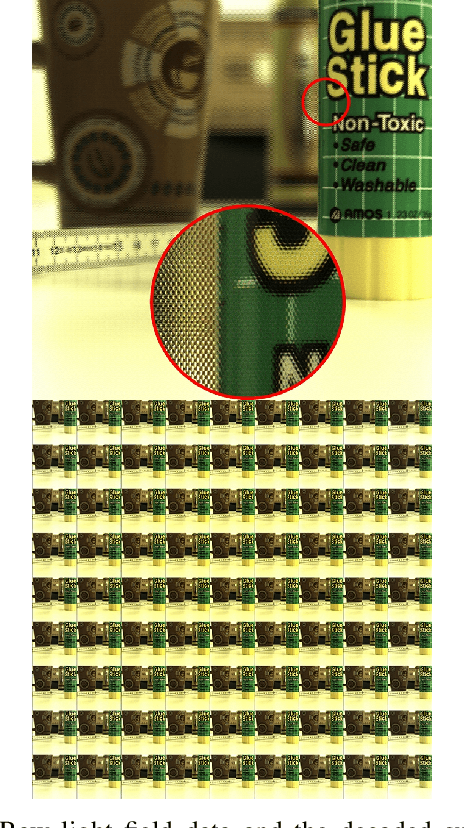
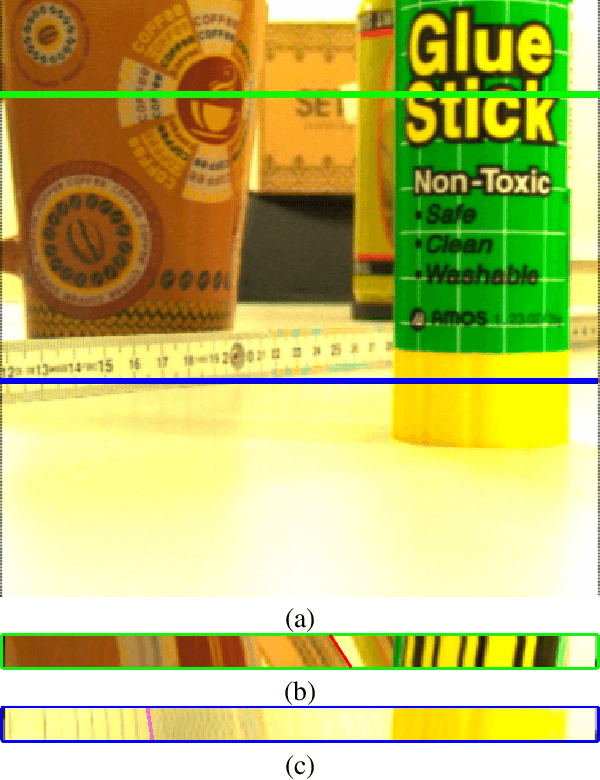
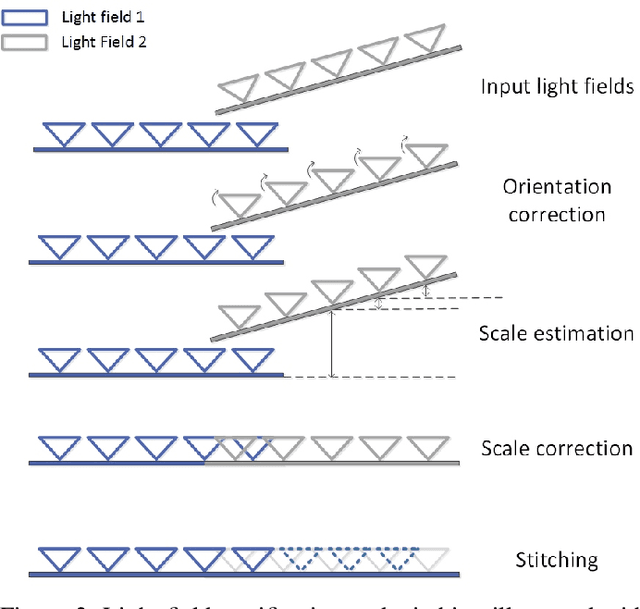
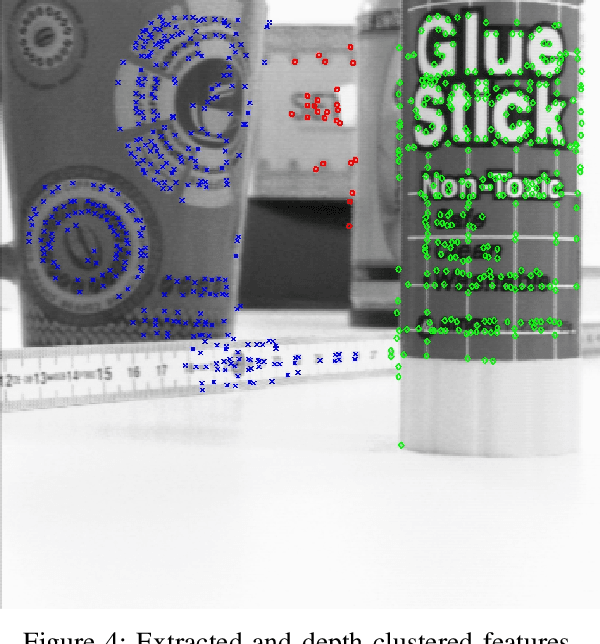
Abstract:Through capturing spatial and angular radiance distribution, light field cameras introduce new capabilities that are not possible with conventional cameras. So far in the light field imaging literature, the focus has been on the theory and applications of single light field capture. By combining multiple light fields, it is possible to obtain new capabilities and enhancements, and even exceed physical limitations, such as spatial resolution and aperture size of the imaging device. In this paper, we present an algorithm to register and stitch multiple light fields. We utilize the regularity of the spatial and angular sampling in light field data, and extend some techniques developed for stereo vision systems to light field data. Such an extension is not straightforward for a micro-lens array (MLA) based light field camera due to extremely small baseline and low spatial resolution. By merging multiple light fields captured by an MLA based camera, we obtain larger synthetic aperture, which results in improvements in light field capabilities, such as increased depth estimation range/accuracy and wider perspective shift range.
 Add to Chrome
Add to Chrome Add to Firefox
Add to Firefox Add to Edge
Add to Edge